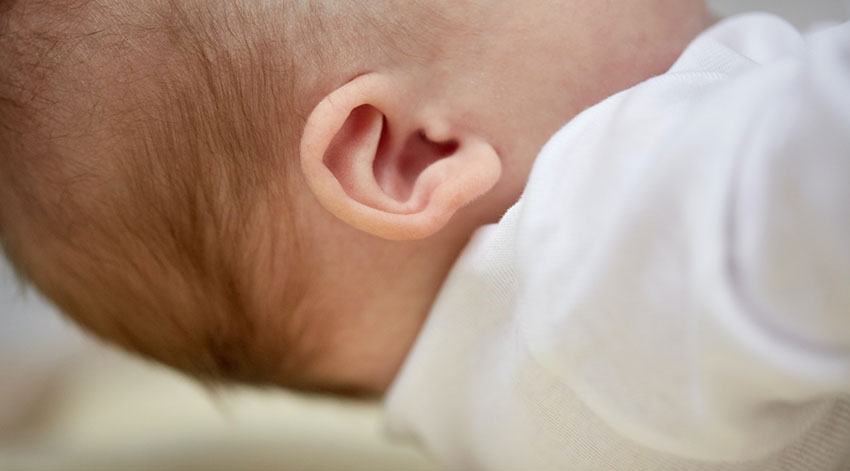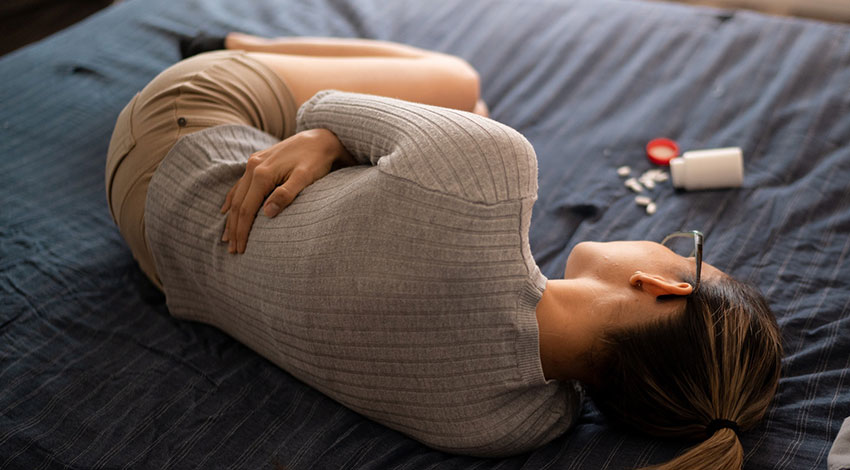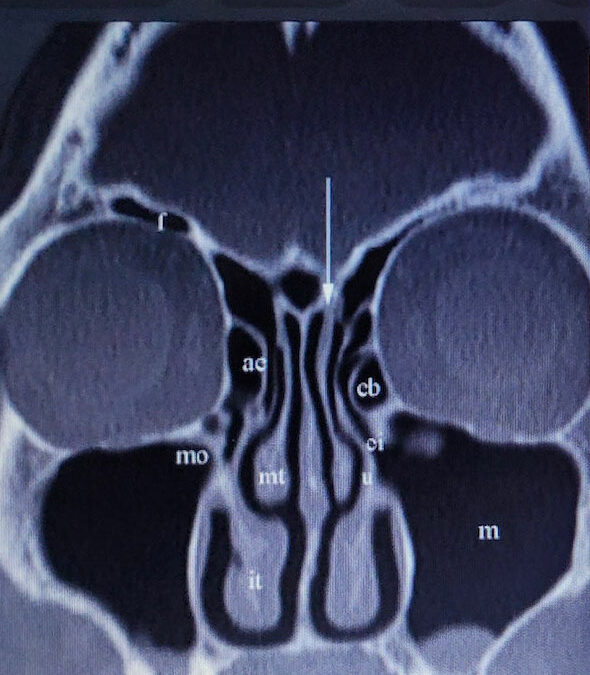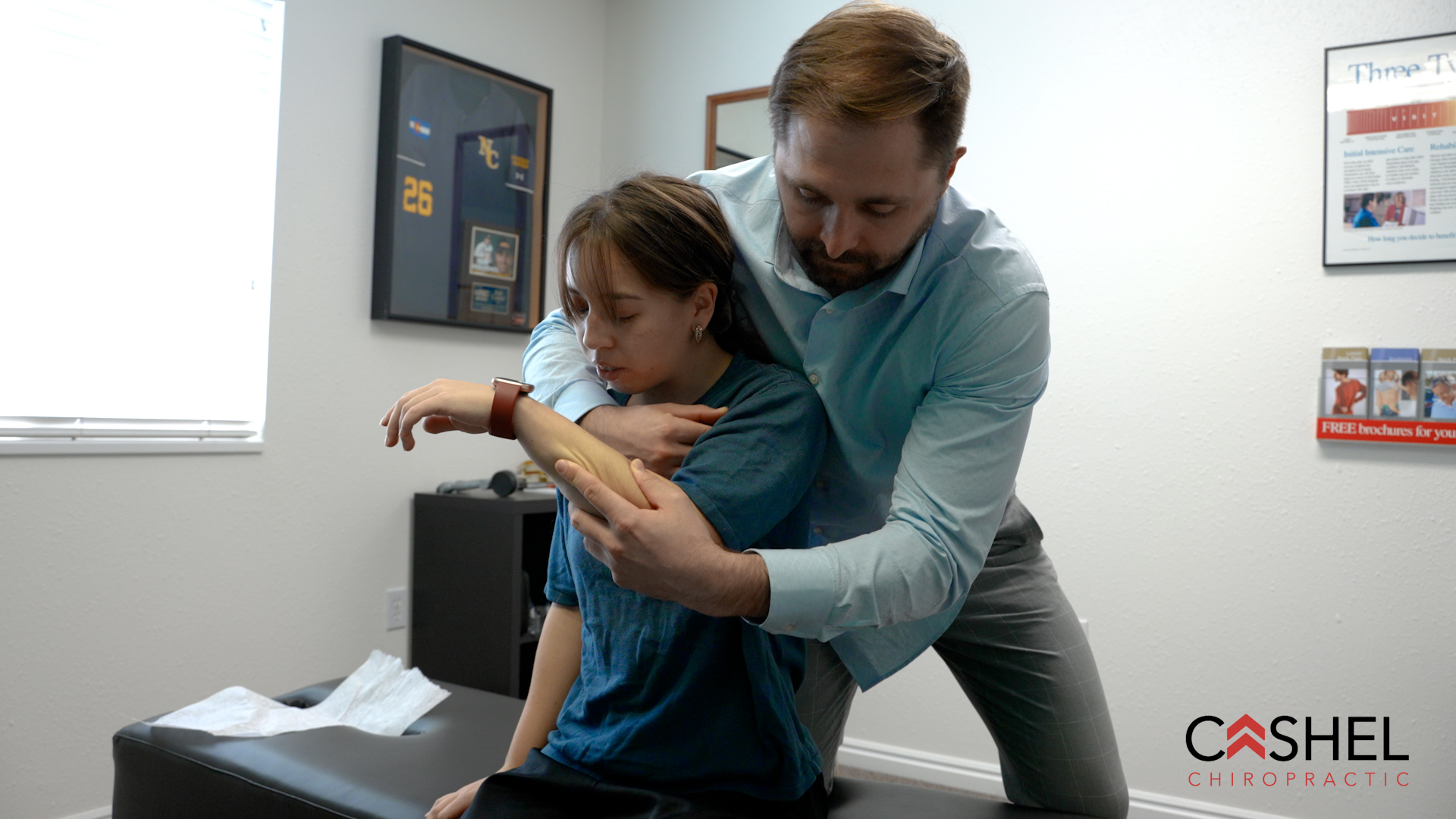
Frozen Shoulder
The condition escalates because the pain may cause the individual to refrain from moving the shoulder, and it only worsens when the pain worsens. This lack of use causes the shoulder capsule to thicken and tighten, making the shoulder even more difficult to move. The shoulder is “frozen” in place.
3 Stages of Frozen Shoulder
Frozen shoulder develops slowly in three distinct phases:
- Freezing stage. Any movement of the shoulder causes pain, and the shoulder’s range of motion is limited. This stage lasts from 2 to 9 months.
- Frozen stage. Pain may diminish during this stage. The shoulder grows increasingly stiffer and difficult to move. This stage lasts from 4 to 12 months.
- Thawing stage. Shoulders range of motion begins to improve. This stage lasts from 5 to 24 months.
Who Is at Risk of Developing Frozen Shoulder?
- Adults, most commonly between 40 and 60 years old.
- Women are at higher risk than men
- Individuals who have suffered a shoulder injury or surgery that requires the prolonged use of a shoulder brace, sling, or shoulder wrap.
- Up to 20% of people afflicted with diabetes mellitus develop frozen shoulder.
- Individuals who suffer:
- A stroke that limits shoulder movement
- Hyperthyroidism
- Parkinson’s disease
What Techniques Does Cashel Chiropractic Use to Treat Frozen Shoulder?
Dr. Rob uses only non-invasive, drug-free techniques to treat frozen shoulder. Your treatment plan may include one or more of these techniques:
- Spine & neck adjustments
- Massage & soft tissue therapy
- Electrical stimulation
- Ultrasound
- Dry needling
- Referral and co-management
- Cold and heat therapy
What Should I Expect During My Frozen Shoulder Assessment?
Dr. Rob will carefully listen to your concerns and review your full medical history with you.
This will be followed by observation of your posture and range of motion.
If warranted, digital imaging (X-ray, MRI, or CT scan) may be ordered to ensure the doctor can conduct a thorough visual assessment of the spine and associated soft tissues.
Finally, using the findings gathered from the steps above, our chiropractor in Lehi will determine a comprehensive scientifically based, effective, and efficient treatment plan tailored to relieve your frozen shoulder pain and achieve your individual health and recovery goals.
Frequently Asked Questions
These answers to these frequently asked questions can help you better understand a frozen shoulder and shoulder pain in general:
My Shoulder Has Been Painful and Stiff for 2 or 3 Weeks Now. Should I Seek Chiropractic Care?
A primary cause of frozen shoulder is lack of movement. If you are experiencing pain and difficulty moving your shoulder, Cashel Chiropractic’s Lehi chiropractor has the knowledge, experience, skills, and tools to diagnose the root cause of your shoulder pain and stiffness. Come see Dr. Rob, and he will ease your shoulder pain and begin the restoration of your shoulder health.
How Long Does Frozen Shoulder Last?
Frozen shoulder can last from several weeks to more than 2 years. If you are experiencing shoulder stiffness and pain for more than a couple weeks, you should schedule an appointment with Dr. Rob at Cashel Chiropractic.
What Can I Do About Bedtime Frozen Shoulder Pain?
Avoid sleeping on the side where you are experiencing frozen shoulder. Instead, try sleeping on your back with your affected shoulder and arm propped up with a pillow. Place a pillow under your elbow, and rest your hand on your chest or stomach to keep from rolling onto the affected shoulder.








Recent Comments